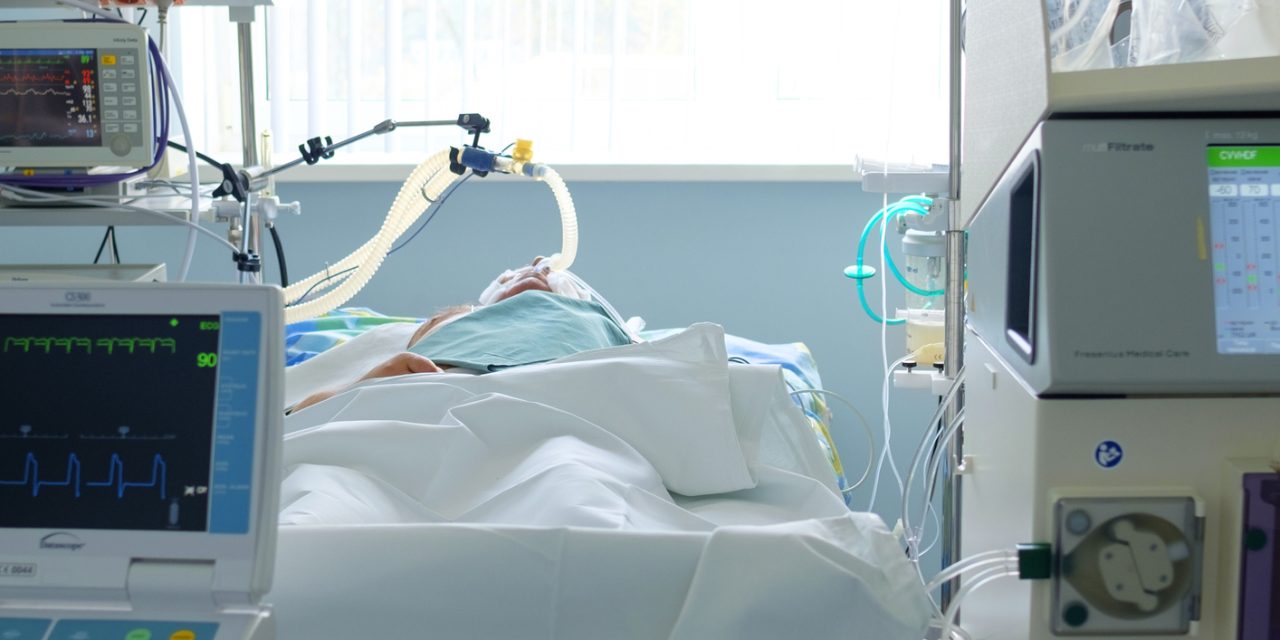BACKGROUND Little is known about the relationship between the site of infection, type of pathogen, and the occurrence of sepsis-associated liver dysfunction (SALD). This population study aimed to identify the sites and types of infection in SALD patients. MATERIAL AND METHODS We conducted a retrospective observational study using the Medical Information Mart for Intensive Care III. Patients with sepsis were divided into a SALD group and a control group. We evaluated the effect of the location of culture-positive specimens and the distribution of pathogens on the occurrence of SALD and then compared the clinical outcomes. RESULTS A total of 14 596 admissions were included, and the incidence of SALD was 11.96%. Positive bile culture (odds ratio [OR] 7.450, P<0.001), peritoneal fluid culture (OR 3.616, P<0.001), and blood culture (OR 1.957, P<0.001) were correlated with the occurrence of SALD. Infection with Enterococcus faecium (OR 3.065, P<0.001), Bacteroides fragilis (OR 2.061, P<0.001), Klebsiella oxytoca (OR 2.066, P<0.001), Enterobacter aerogenes (OR 1.92, P=0.001), and Aspergillus fumigatus (OR 2.144, P=0.001) were correlated with the occurrence of SALD. The Intensive Care Unit mortality and hospital mortality were higher in the SALD group than in the control group (24.7% vs 9.0%, P<0.001; 34.2% vs 13.8%, P<0.001, respectively). CONCLUSIONS SALD should be considered for patients with sepsis whose infection site is the biliary system, abdominal cavity, or blood and the pathogen is Enterococcus faecium, B. fragilis, K. oxytoca, Enterobacter aerogenes, or A. fumigatus. When SALD occurs in patients with sepsis, the above infection sites and pathogens should be considered first.
Sites and Causes of Infection in Patients with Sepsis-Associated Liver Dysfunction: A Population Study from the Medical Information Mart for Intensive Care III.


